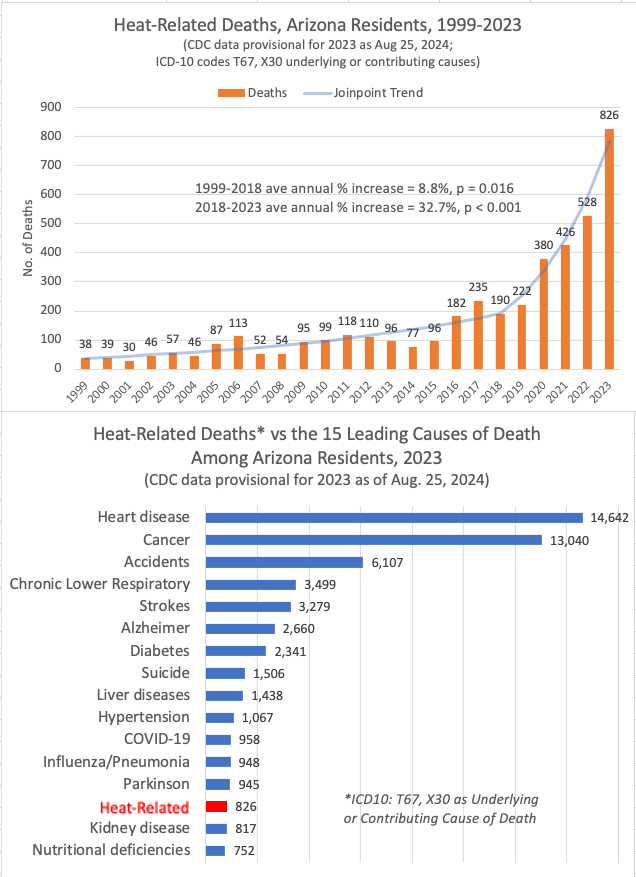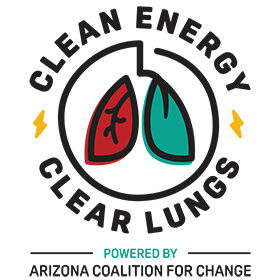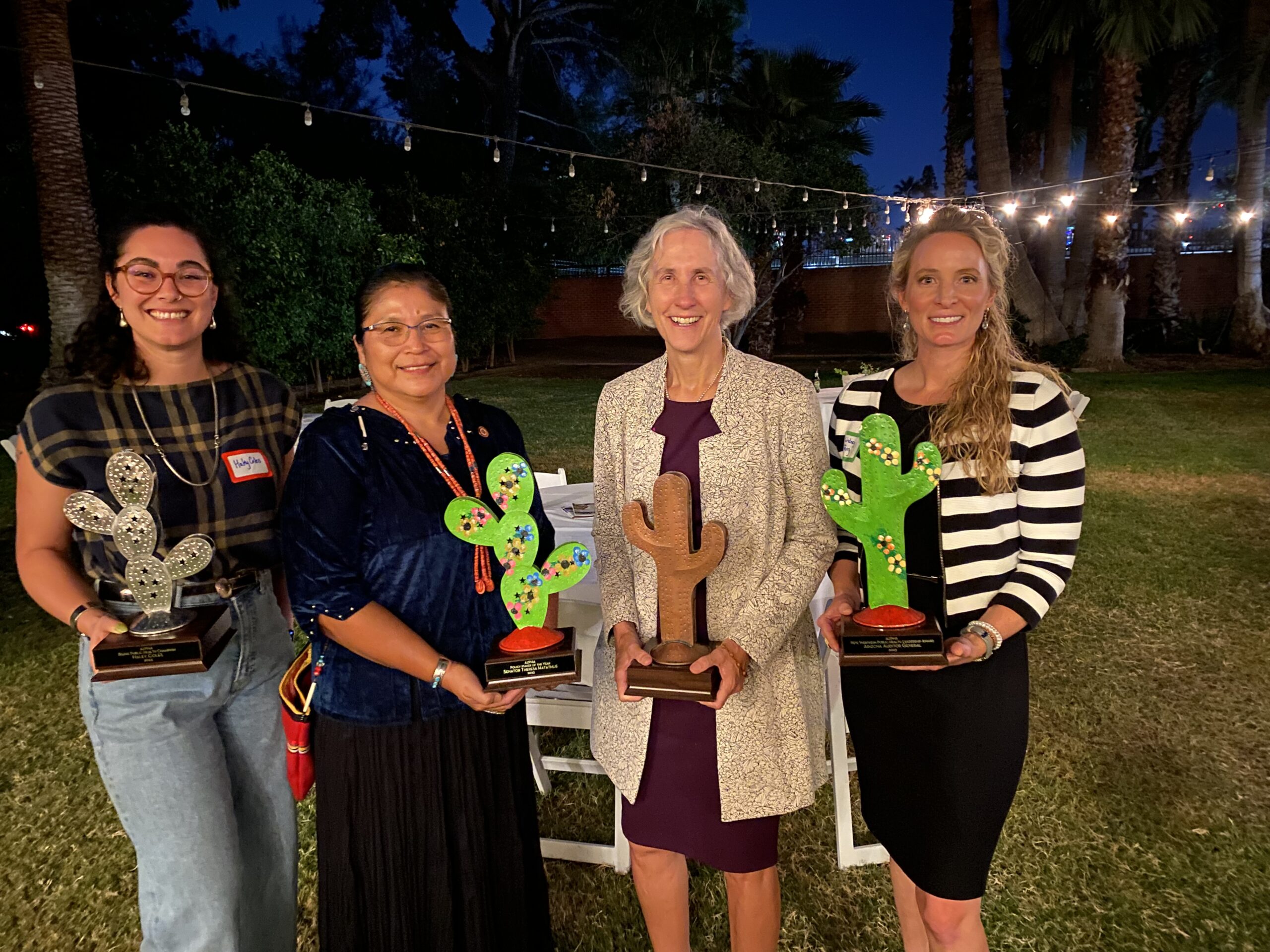Electric vehicle sales are surging across the country, and the Grand Canyon state is leading the charge, ranking among the top 10 states for EV registrations per capita.
As a proud new member of Arizona’s nearly 70,000-strong EV community, I can personally attest to the benefits of making the switch to an electric vehicle.
My experience with an EV has been nothing short of transformative, especially when it comes to cost savings. During a recent trip to Tucson, when gas prices were a bit higher than they are now, I traveled 217 miles with the air conditioning on full blast, and my EV averaged 3.4 miles per kilowatt-hour (kWh).
Charging at home using Salt River Project’s off-peak rate of $0.09 per kWh, the entire trip cost me a mere $5.70. To put that in perspective, with gas prices hovering around $4 per gallon, my EV effectively delivered the equivalent of 155 miles per gallon – a level of efficiency that’s impossible with traditional gasoline-powered vehicles.
However, while I’m fortunate to have a home charging set up, I know that the lack of widespread, reliable charging infrastructure remains a significant barrier for many Arizonans considering an EV. This is where the Bipartisan Infrastructure Law (BIL) comes into play.
This landmark legislation, coupled with the Inflation Reduction Act, is set to revolutionize our state’s transportation landscape by making EVs more accessible and convenient for everyone.
One of the key provisions of the Inflation Reduction Act is expanding EV charging infrastructure, particularly in areas that have been underserved. Here in Maricopa County, the Air Quality Department has recently been awarded $15 million to advance the installation of public EV charging stations across the county.
This funding will not only make it easier for current and future EV owners to charge their vehicles but will also contribute to the broader goal of reducing transportation emissions and improving air quality in our communities.
Importantly, this initiative aligns with the Harris-Biden administration’s “Justice40 initiative,” which ensures that 40% of the overall benefits of clean energy and climate investments are directed to disadvantaged communities.
By prioritizing the placement of charging stations in Justice40-designated areas, Maricopa County is taking significant strides toward environmental equity, ensuring that the benefits of the green economy are shared by all.
Additionally, the recent update by the Arizona Department of Transportation to build fast-charging stations along nine new highways across the state further underscores the state’s commitment to a sustainable future.
These investments represent a critical step forward in reducing our dependence on fossil fuels, improving air quality, and making clean energy accessible to all Arizonans.
The Bipartisan Infrastructure Law and the Inflation Reduction Act are more than just a policy – it’s a vision for a cleaner, healthier, and more equitable future.
By investing in EV infrastructure, we are not only making it easier for Arizonans to make the switch to electric but also paving the way for a future where clean energy is available to everyone, regardless of where they live.
Kudos to the Maricopa County Air Quality Department and the Arizona Department of Transportation for their leadership, and a shout out to all members of Congress who supported the BIL and the IRA. Together, we are driving Arizona toward a brighter, more sustainable future.
Legislation to Build EV Infrastructure Leading to a Sustainable Future







